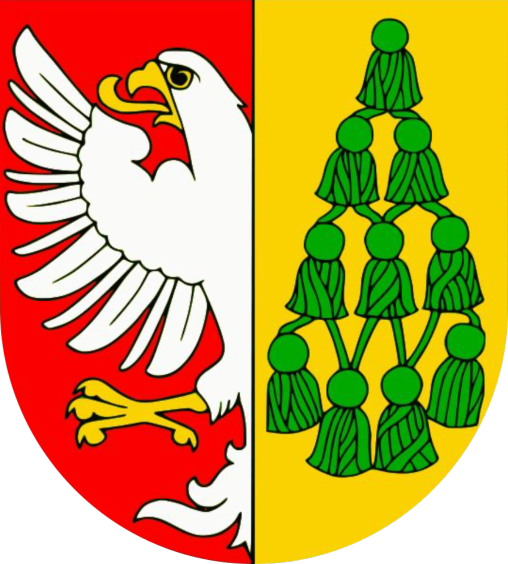Vestec pastouška
In today's story we will stop on Vestecka Street at house No.4. In front of the house there is a green grassy area and a number of bushes. Just a few metres from the road there is a stone bell tower and a monument to those who gave their lives in World War I.
We, however, will stimulate our imagination a little and take us back in time a good 130 years. A thatched-roof house, surrounded on one side by a stick fence, appears before our eyes. The remaining sides are bordered by a hedge, which is adjacent to the farm of Mr Dobiáš (No. 4). The village scenery is illustrated by a nearby bell tower and a small pond. There is also a small, landscaped garden and several mature trees. If we look into the cottage, we first see the hall. Then there are two rooms. The first one is permanently inhabited, the second one is used by random travellers, vagrants or those who had nothing. We're in house 3, the village shepherd's hut. Behind the walls of the little house, ordinary everyday life took place, which had very little to do with village romance.
At the end of the 19th century, Jan Mikoláš lived here with his wife. He was the village shepherd. Every morning, when he blew the horn, the farm gate opened and pigs and sheep came out to the village square. The motley flock, led by the shepherd, would then set out for grazing either across the pond or in the clearing behind the pub.
We know that the trap disappeared for good in 1905. In time, the pond also disappeared. Only the stone bell tower remains as a witness to times past. Every day, Mr. Václav Mikoláš rang the noon bell and the kneeling bell, but also the last bell for those who have passed on to eternity. The bell's moving voice was silenced by the World War. It was the second. It was recast in a foundry somewhere, in a different form and certainly not for humane purposes.
Until the war year of 1914, the Vestec chronicler recorded two more significant events that excited the life of the local citizens.
The first event - 1905 - the demolition of the municipal shepherd's hut (No.3) with the subsequent construction of a new municipal house. The second event - building of the road from Šátalka towards the junction Hrnčíře - Zdiměřice. Today's page will belong to the first of them. The chronicler briefly explains why the municipal pasture was destroyed. It was so dilapidated that it did not take much work to remove it. The owner of No.4 was happy to donate a keg of beer to celebrate the fact that he had got rid of this "staple and municipal ornament". The demolition was followed by a period of heated debate, bold proposals and the necessary objections.
The question arose : What will the new community centre look like? Who will it serve, will it have floors? The answer of the local peasants was clear and understandable:" The village is small and must be spared". There was no money for a classroom, for a teacher's flat, for a hospital or for a policeman's flat. The construction took place under the mayoralty of Mr. Ant. Hrubý. The new municipal building was intended for the local poor. If a vagabond appeared in the village and was looking for a roof over his head for the night, he was accommodated. First, however, the municipal constable registered him and then brought him to the cloakroom, which was located in the municipal house. There awaited him the trampled ground and a haystack, into which the traveller buried himself and allowed himself to dream pleasant dreams. Where our ancestors placed the new community house (No. 3), we all know. It already has the much-discussed first floor, but it does not have a cloakroom and the occupants are also different.
Blanka Pašková, chronicler
